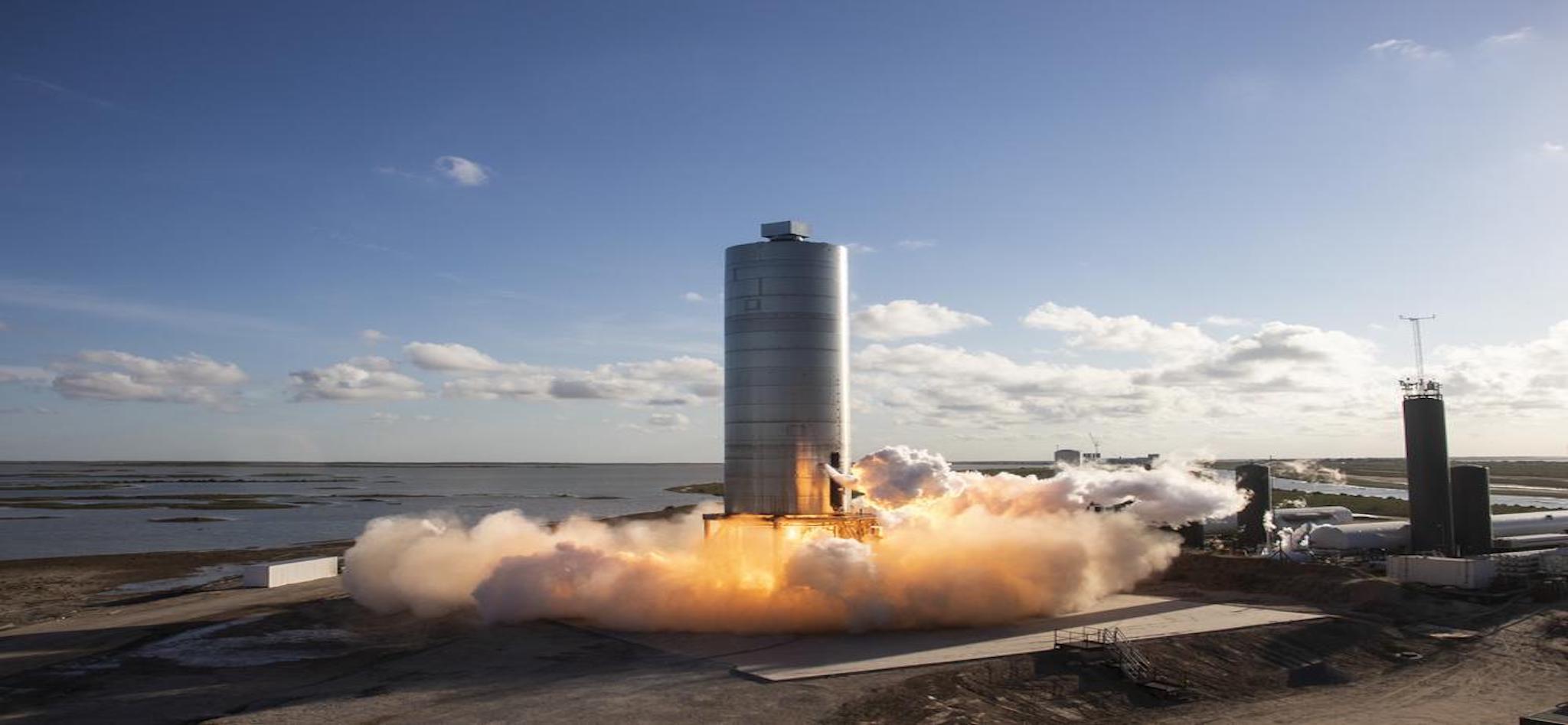SpaceX has been staying busy with the launch of the historic Falcon 9 rocket for two reasons.
Since then there has been an acceleration in launch cadence in which SpaceX has developed five versions of its Falcon 9 rocket and the Falcon Heavy booster. The company required seven years to go from its first to its tenth launch. In seven more years SpaceX has gone from its 10th launch to its 100th.
Sunday’s mission also represented the first time a rocket has launched from Florida—which is optimized for equatorial launches—into a polar orbit in 50 years. The last polar mission came in 1969, with a weather satellite launched for a forerunner of NOAA called the Environmental Science Services Administration.
A “polar” mission simply means that a rocket inserts a satellite into an orbit that passes over the poles rather than going around the earth following the equator. Most rockets bound for polar orbits launch from spaceports with north or south-facing corridors, such as Vandenberg Air Force Base in California.
Now, the company aims to try to launch SN6 again this week. According to Boca Chica beach road closures, Starship SN6 could take flight as soon as Thursday, September 3rd, with backup opportunities on September 4 and 5 during a 12-hour launch window starting at 8:00 a.m. to 8:00 p.m. CDT every day. SpaceX will also test out the next prototype in line, SN7.1, it is a small-scale dome tank that will undergo pressure testing to assess the stainless-steel thrust puck strength and weld quality. SN7.1 testing may take place on September 6, with additional testing opportunities on September 7 and 8 reported Evelyn Arevalo.
When do you think we might see another hop attempt of SN6? It seems like the wind might have been a factor for the abort yesterday. @elonmusk #SpaceX #Bocachica 🛩️📷🚀08/27 (taken at 2400ft msl) pic.twitter.com/7wMLia9gkl
— RGVAerialPhotography (@RGVaerialphotos) August 31, 2020

Spot the difference (left taken 08/27, Right taken 08/20)#SpaceX #Bocachica pic.twitter.com/pYKl934Kk2
— RGVAerialPhotography (@RGVaerialphotos) September 1, 2020

